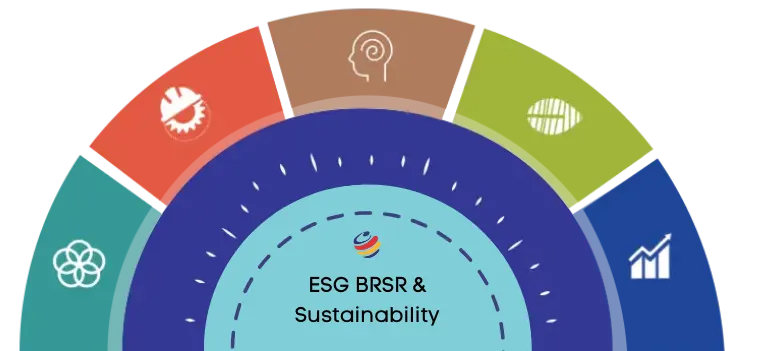Communicating in the universal language: The Emoji way!
Consultivo Blog | People Advisory
In this digital era where people spend most of their time on social media apps or using digital devices, communications have taken a giant leap forward.
The use of emojis has completely changed how we used to converse online.
From signs, pictures, symbols, sounds to emojis, human communications have come a long way.
The use of these emoji characters has spread like wildfire amongst the masses both young and old.
This new tool of communication has risen in such a way that it now has an undeniable omnipresence in the digital world.
A day dedicated globally just for Emojis!
So who is actually responsible for this game-changer of a creation?
Making a speedy headway into our lives..
Let’s chronicle its rise, shall we!
2000
After the development of emojis in 1999, the Japanese included the character as part of the newly developed I-mode mobile internet platform, which at that time was an introduction to the World Wide Web for a majority of the Japanese population.
2011
Apple officially included emojis as part of its iOS 5 release. It proved to be a game-changer as it wasn’t long after that other Mobile OS players too started following the trend.
2012
Apple introduced emojis representing the LGBT community in its latest iOS release.
2013
Google included emoji support to its OS by making it an integral part of the Google keyboard app. This new feature put Android users on par with other OS users.
2014
Apple included emojis depicting African-American faces with a focus on diversity. The same year, the first “World Emoji Day” was celebrated on July 17th.
2015
Apple introduced the option for selecting the specific skin tone for emojis. In the same year, London Oxford Dictionaries announced the emoji, referred to as ‘Face with Tears Of Joy’ as word of the year.
2016
Apple included more than 100 new emojis, all focussed on promoting gender diversity in its iOS 10 release.
2017
“The Emoji Movie” was released worldwide. It was a 3-D computer animated film that captured the world of emojis.
Creating an extra edge…
Sports brands are also not far behind!
Goes down well? Not always!
Worth a thousand words?
Don’t you agree?
It is the new-age modern way of communication.
It can be considered as an universal language that allows people from various cultures to interact with each other. One doesn’t need a written/verbal language but just a facial expression is enough. Infact, nowadays, people prefer to express their thoughts & emotions through emojis rather than words.
Well, it’s a well-known fact that a picture is worth a thousand words. And emojis can save that many characters to get the message across. What do you think?

Share this post
Category: Blog
Tags: People Advisory
Related insights
View more in Impact Stories | Blogs | Knowledge Bank | News and Events











